Interview with Patricia Folgarait

Patricia Folgarait did her undergraduate studies at the University in Buenos Aires. For her PhD and postdoc, she went to the US. After returning to Argentina, she became a professor and principal investigator at the National University of Quilmes in Argentina and is now director of two labs. She is a generalist interested in ecological interactions (generally all ant-x interactions). In this interview, we talk about her career, her difficulties to get a position, and her passion for dancing and ants.
An Interview compiled by Patrick Krapf
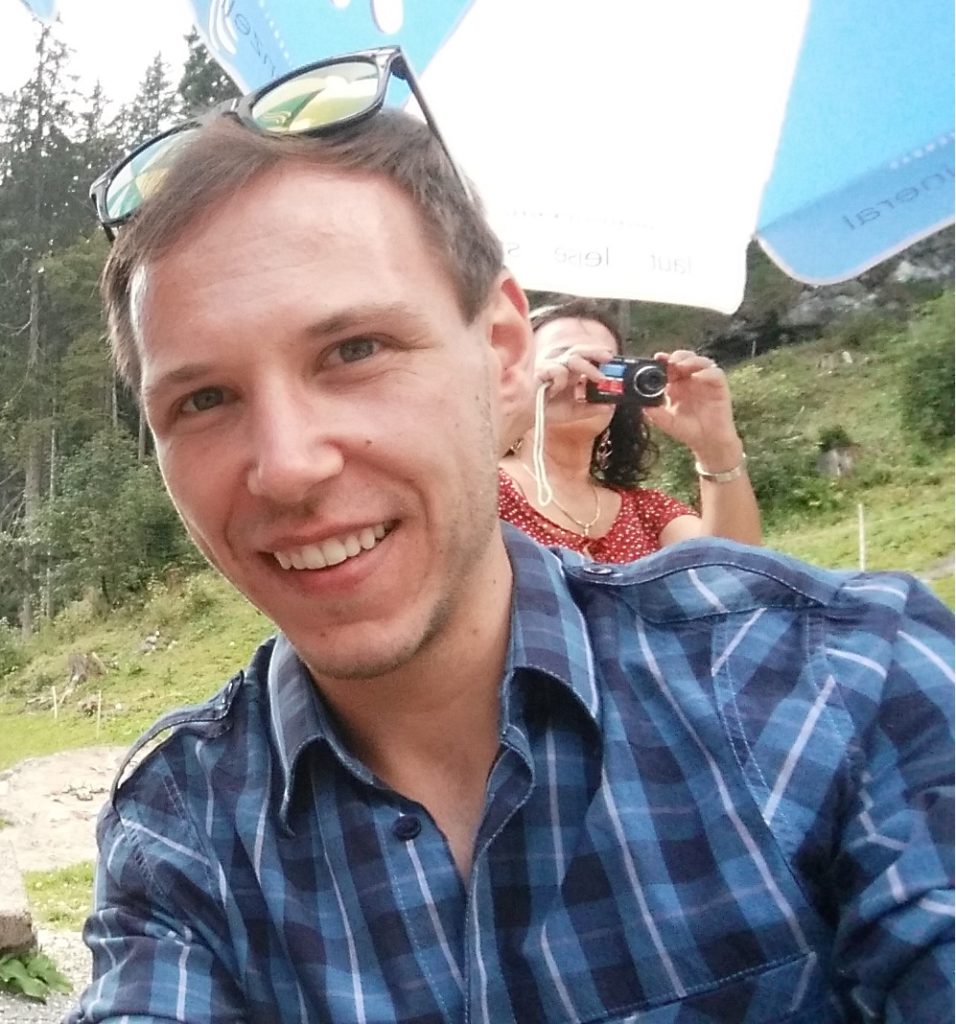
MNB: Could you tell us a bit about yourself?
PF: My name is Patricia Folgarait, but everybody calls me Pat. I’m a director of two laboratories; in one we do basic research with ants and in the other, we do applied research and search for natural enemies of ants to biologically control them. I’m a professor at the University of Quilmes and also a senior researcher at the National Research Center in Argentina called CONICET.
MNB: Wow, you do so many things. I was also looking at your homepage, and I’ve learned there that you work on different topics. Could you tell us about your research?
PF: I’m a generalist, I don’t know much about anything in particular, but I know several things about lots of different things, because I am SO curious (laughing). So in the more applied lab, we search for different kinds of natural enemies, from parasitoids to microorganisms, which control or regulate pest ants, such as farm- or forestry related pests. But I am really interested in ecological interactions behind that. All the applied research is based on solid basic research, which has a lot of ecological research in it.
MNB: And how did you end up studying ants?
PF: Back when I was studying biology at the University of Buenos Aires in Argentina, I was sure I was going to become an ethologist to study behaviour, and I was specialising in ethology of vertebrates, because they are cute, furry, and nice to touch. But then, my very last course in ecology specialization was community ecology, which blew my mind and changed everything. I fell in love with ecological interactions, and I still love it. Back then, research on interactions was based on either competition or predation, but I wanted to study something different. I thought why not study more amicable relationships. I was looking for a good system to study interactions, and I was mainly interested in the interactions per se, but not the partners of such interactions. So I ended up choosing mutualism in ant-plant interactions, but at that time, it was not common in the literature; this was in the 1990s, maybe a little bit earlier. I worked through the little literature known and started writing letters to ant-plant experts. This was through common mail, so you can imagine, a letter took twenty or more days days to get to a professor and afterwards a similar amount of time to get an answer, I had to cultivate my patience (laughing). Later, I got a fellowship and left for the USA to do my PhD there, because there was no one in Argentina who worked on mutualisms. That is how I started working with ants, and I was never able to leave this system.
MNB: Wow! And what is your motivation for doing ant research now? Is it still your love for ants, or what drives you?
PF: Yes, it really is, I just love them. The only reason why I control them is to try to do it more gently not like agronomists who try to kill them all. If they could extinguish them, they would be happy and if they could exterminate them from the planet, they would be even happier (laughing). So I told myself that I would try to regulate the pest ants without removing them completely from the planet. After I did my postdoc in the US, I was ready to come back to Argentina, and I felt I had to return something to the society here in Argentina. So I moved into more applied research first studying the effect of agricultural practices on the demography of pest ants and later into the biological control of ants. But I always have my heart with interactions.
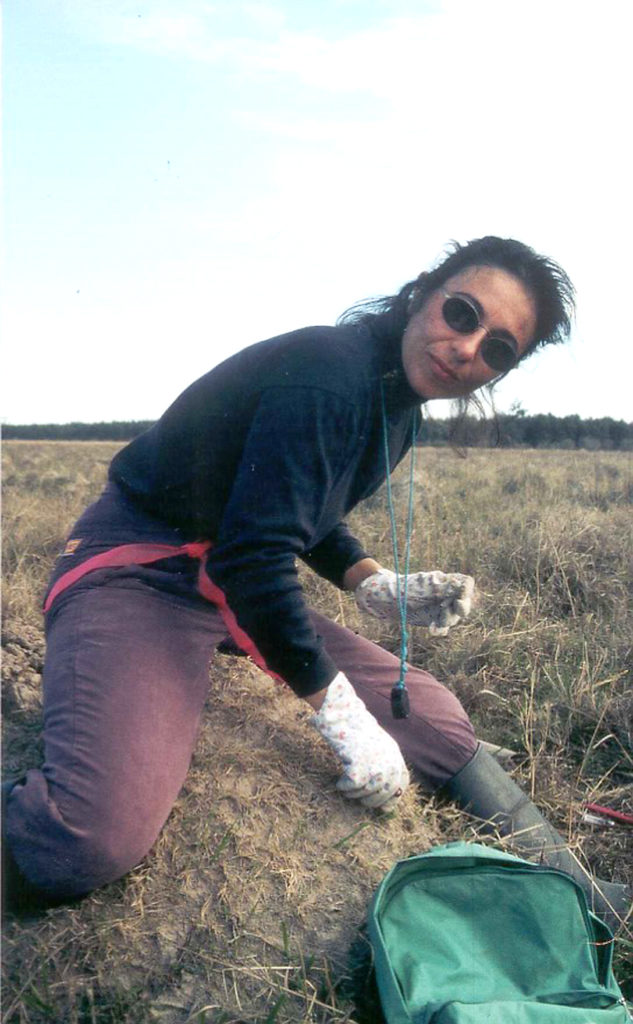
MNB: What was the biggest obstacle you had to overcome in ant research?
PF: Well, mainly getting research money and lab space. In Argentina, it is very difficult to get money although fortunately it is one thing at which I am good. I was lucky to get an IFS grant, the International Foundation for Science in Sweden at the beginning of my career as a researcher. I received two grants and a prize for my project with Camponotus punctulatus ants. That gave me an advantage when I came back to Argentina because I was able to request a lab space. In Argentina, it is very different compared to other countries. While in other countries, the university is obliged to give you lab space or even money, here in Argentina, you have to fight and almost kill people to get one square meter of lab space or funding (laughing). On one hand, there is just so little space, and on the other hand, it was difficult to remove “old dinosaurs” from their position (laughing). After a two-year postdoc in Argentina, I was going to go back to the US, since there were no openings for positions, and in this brief moment, the University of Quilmes, in which I am working now, had a very progressive dean. He made a deal with CONICET (National Research Institute here) and opened new positions to which I applied, and while I was the only one with money, my only one condition: lab space; and he built a lab for me. Since then, I was hated by all the rest of the university researchers (laughing). It was tough. Another big obstacle in the past and present is to publish in higher-ranking journals. When I publish a paper, even with native speakers as co-authors, my English is always criticized. Maybe it is a prejudiced attitude towards non-native English or South-American speakers, and I don’t believe that English native speakers receive such comments as I receive sometimes.
MNB: Regarding this topic, what do you suggest to your students?
PF: In Argentina, not everybody speaks English fluently. So, I try to help my students with English by reading 100 versions of a paper, but lately I am requesting them to acquire a high level of English before starting graduate school, otherwise it is too late to get better when you need to start publishing. However, writing for publication is a learning process. You just have to write, rewrite, let it sit, re-rewrite and so on, until you get better.
MNB: Oh wow! And during your own research, was there a funny or scary moment you would like to share?
PF: I do have plenty of funny moments but not all ant-related (laughing). But once, we were driving through a grassland in Corrientes (the subtropics), and the grass was getting higher and higher, and suddenly we disappeared because there was a deep crack in the soil which we did not see. We were then stuck and had to wait for hours in the middle of nowhere until a tractor and horses came to get our car back out. I left my students with the truck and asked them to use the opportunity to do ant research while I was going for help. I used coloured flag tape to put all over my hat in case anyone could see me because I am very short and the grass almost covered me (laughing). Also at La Selva Biological Station at Costa Rica, where I lived for 1 year, I encountered a cougar on a trail, it was a scary, but wonderful moment! I remember thinking better to die as a prey than run over by a bus (laughing).
MNB: Who or what inspired you to pursue a career in myrmecology?
PF: Well, in fact, I admired my PhD advisor Diana Davidson from the University of Utah very much. She was very passionate with research, and I really liked her ideas. But there were other people too, who inspired me a lot but with whom I did not have any contact; for example, Wilson and Hölldobler. I read many books written by them, and I admire them for what they have done. Even if they don’t know it, they are kind of mentors for me, even though I did not meet them personally at that time.
MNB: All great researchers, so true. If you had not become a myrmecologist, what else would you have liked to become?
PF: A dancer (laughing). I never stopped taking dancing lessons. One funny comment is that during the year I lived at La Selva Biological Station, every time it started to rain heavily while we were working in the forest, my assistant, who was from Costa Rica and who danced very well, taught me to dance. I used to carry my walkman with speakers (that run with batteries), and we turned it on every time it rained. My assistant taught me how to dance merengue and salsa while it was raining (and while wearing our field boots!): it was absolutely fantastic to combine my two loves, dancing and the rain forest.
MNB: What is the one thing you wish everyone knew about ants?
PF: Funny that you ask this because I want people to know everything about ants (laughing); I wrote a popular-science book about ants in Spanish. It is mostly for teachers and high school students, but I think that everybody should know that ants exist because they are such common insects and so important. It is so easy to step on ants, but why should people do that? People should look at them as the greatest creatures, which they are (laughing). When I am talking to people, I try to give examples that can relate to them such as ants did cultivation so much earlier in time than humans did, ants know how to use their resources sustainably, I can talk for hours trying to convince people that they should not step on them.

MNB: Do you have a favorite morphological structure / myrmecological phenomenon?
PF: I think that if I could see an Oecophylla weaver ant and all the weaver structures that they make, I would cry. I think that it is superb and an amazing phenomenon. But also the leaf-cutting ants are amazing. I just love to study such amazing things as the interaction of the many partners in leaf-cutting ants. It blew my mind when Cameron Currie, Ulrich Müller, and Ted Schultz revealed the new partners for this classic mutualism, , the leaf-cutting ant, the cultivated fungi from which they feed from, the specialized fungi that try to kill the ant´s food, and the bacteria the ants carry in their bodies to kill the bad fungi. This is just amazing, besides gave me many ideas for the biological control of this group of pest ants, which lead to a patent, in fact.
MNB: What do you think will be hot topics in ant research in the next ten years?
PF: There could be a million things, but I think this depends highly on the person. I, for example, would need ten lifetimes to study all the research topics I am interested in. That being said, I believe that everything related to genomic advances are going to be hot research topics, from the taxonomic and biodiversity side but also from the gene functions side; we really know nothing about the latter. When the pharmaceutical companies realize that ants are living tanks full of chemicals, we will have to protect them very much! Of course, I would like that researchers do not forget about the natural history because it is the basis for any study and for inspiration, and you cannot study a tree without knowing about the forest. Studying ants without knowing about their evolution or ecology does not make any sense to me.
MNB: With that being said, in your opinion, have there been any big changes in the research between the time you started as a myrmecologist and today?
PF: Well, we use different tools. For example, one of my labs uses molecular tools, which were not available a few decades ago, but for me, that technology is just a tool, and it depends on the research question. If I have a question that cannot be answered using traditional tools then I use molecular or modern chemical devices. I go where my questions take me to. I often make collaborations with researchers who have an expertise that I lack, but since I am such an opinionated person, I want to understand everything to discuss it. I know a little about many things (laughing).

MNB: Slightly different topic, the higher the career level, the fewer women, also in ant research – what do you think will be most important for achieving gender equality?
PF: I think that slowly it is changing. I observe that, especially in other countries, more women do get higher positions in academics. Here in Argentina, more men than women have important roles and positions. I had many fights with men because they will never consider my work or research as good as their research, even if I bring more money to the university. That is really tough, and with my strong personality, I go through many fights. Women are multitasking, but men hardly are. I can take care of the house, of my children – I have twins –I can take care of my students, of my labs, and so on, so we are better pre-adapted for doing many things properly, we deserve a better consideration, and more recognition.
MNB: Good point! You just said that you have twins. Does your group also harbour students or postdocs with kids?
PF: Well, one does, but the others do not have any yet. As an ant-person, I have a very female-biased lab, and when the time comes, they will have children, but we will continue our work anyhow (laughing).
MNB: Would you do something differently if you could start all over again?
PF: Good question. I really don’t regret anything in my life. I think I could have done some things better, but everything was also a way of learning. Maybe if I could have been a more self-confident person when I was a PhD student, I would have taken greater advantage of that time. I think I got my full potential when I was a postdoc. But generally, I’m happy and really like my life. I am already done with my wishing list.

MNB: What question are you asked most often when people hear you work with ants?
PF: Whaaat? Working with ants? (laughing) What is the thing that you can do with ants? And I start talking and never stop. Here in Argentina, they cannot believe that people could do research with ants. Then they ask “So you know how to kill them, do you?” And I tell them “Yes, but not in the way you want!”. People do not appreciate ants, which is a pity.
MNB: So true. Now let’s switch to brief questions. What is the book on your bedside table?
PF: Right now, I’m reading novels, but in the past I used to read only papers! I am really into science fiction, I believe it predicts quite well what will happen in the future. In fact, I use this type of material in my teaching classes.
MNB: Watching sports or doing sports?
PF: I prefer doing sports, but I don’t do much now. I do Yoga, and I dance; dancing is definitely one of my passions.
MNB: Do you listen to music or play an instrument?
PF: Unfortunately, I have zero talent for playing, but I listen to music all the time.
MNB: Do you enjoy the evening or the morning?
PF: Absolutely evening.
MNB: Tea or coffee?
PF: Coffee.
MNB: Sugar or sweetener?
PF: Nothing.
MNB: Cooking yourself or going out having dinner?
PF: I love to cook pastries, generally things that are sweet, but all the rest, I hate (laughing). It is very expensive to have dinner out, unfortunately.
MNB: Habit or change, what do you prefer?
PF: I am constantly changing, but sometimes I find myself in habit as well.
MNB: Aspirator or forceps?
PF: Aspirator.
MNB: Nest densities or pitfall traps, what do you prefer?
PF: They are very different. I really like both.
MNB: Field work or lab?
PF: Field work.
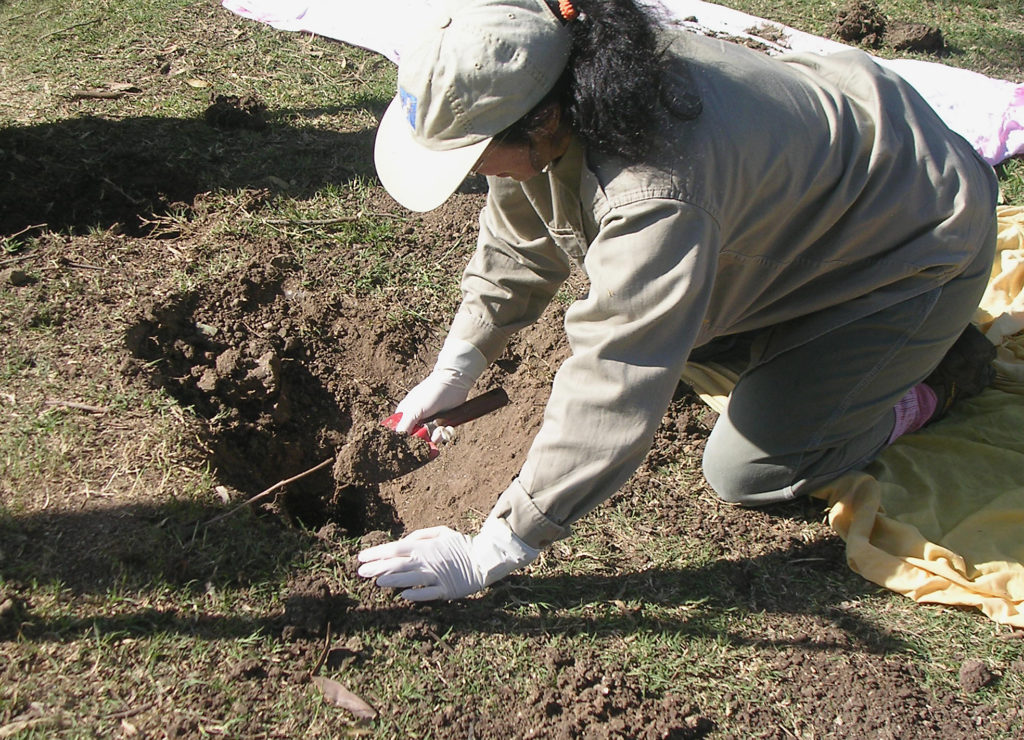
MNB: Pin or ethanol?
PF: Ethanol, because I am lazy, but a pin is a hundred times better.
MNB: Papers printed out or do you read them on the laptop?
PF: Finally, finally, I am reading them on the screen, but I certainly prefer printed to write all over them (laughing).
MNB: Journals financed by the author (open access) or by the reader (subscription based). What do you prefer?
PF: I think nobody should pay; it should be freely available for all.
MNB: Kin selection or group selection?
PF: Both.
MNB: Do you prefer monodomy or supercoloniality?
PF: I love both.
MNB: Do you prefer the workers or the queens in an ant colony?
PF: Although I am a queen (laughing), no I am kidding, I think that workers run the show, so I say workers.
MNB: What is your favourite ant?
PF: I have not discovered it yet, because I really like all of them. But there are so many more that I would like to see, for example in Africa or Australia. Also, here in Argentina, we have amazing ants, but I want to see more. They are all in my heart.
MNB: In another life, if you could be an ant, what ant species would that be?
PF: I would say weaver ant (laughing).
MNB: Thank you again so much for this great interview.
PF: Thank you.


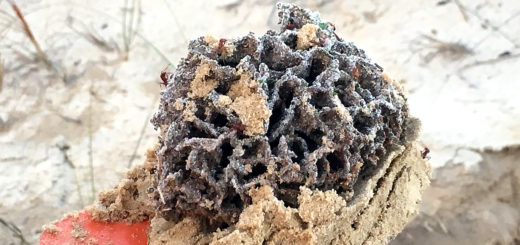
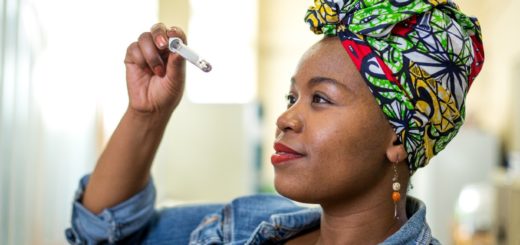
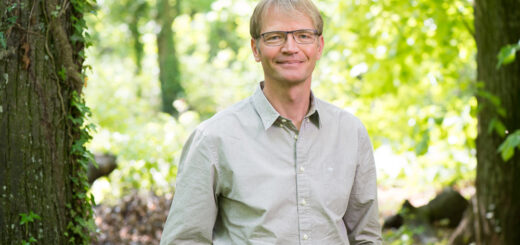
Loved the interview.
I wished it never ended. Gave a lot of motivation to see female myrmecologists so dedicated, going through so many struggles, sure everyone does. Would love to know how she manages her professional and personal life and the stress to be in academia.
Thank you for the interview.
I admire this woman so much!
When I learned about her career path it blew my mind.
I’m so happy to see an empowered smart woman in charge of this kind of researches.
I met her, but didn’t want to embarrass myself by showing how passionate I am about her work.
Proud of having this awesome scientist in Argentina.